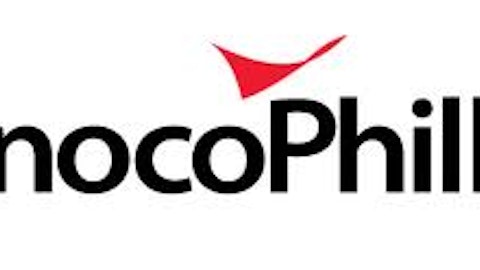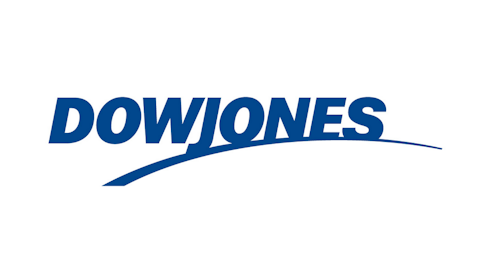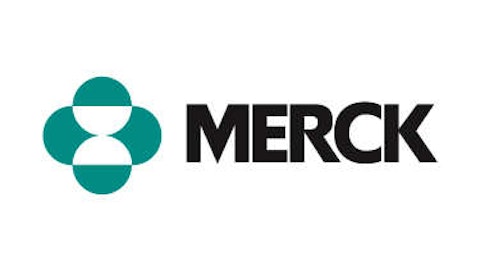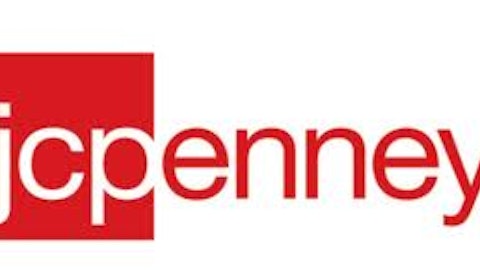Recently, I have focused in on some companies that play a major role in diabetic’s lives like mine. The financial implications of this disease are astounding, and have presented what seems to be a great opportunity for investors. Today, I will discuss the earnings results of some of the largest players involved with the disease.
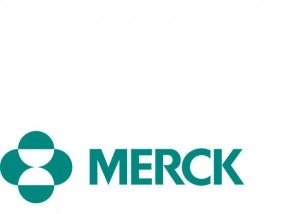
Sales of Janumet, a pill which combines Januvia with the diabetes treatment Metformin, increased by 4% to $409 million. In the previous quarter, both medicines saw sales increase by more than 15%. Januvia is a drug that is starting to mature, and should see solid but slower growth (because of increased competition) over the next several years. Despite the fall of Januvia, the company reported better profits than expected, although this is probably due to a favorable tax rate. Additionally Merck & Co., Inc. (NYSE:MRK) said it would buy back about $7.5 billion worth of shares over the next year, due to its board authorizing additional purchases of up to $15 billion of its common stock.
The company’s stock has increased (though its been somewhat of a roller coaster ride) since the release of Januvia in 2006, as the chart below shows:
I’ve been talking up Novo Nordisk A/S (ADR) (NYSE:NVO) for a while now, and am not surprised, or disappointed, with its just-released earnings. The company’s vision is to “Defeat diabetes by finding better methods of diabetes prevention, detection and treatment.” It’s 28% increase in profits from insulin and the Victoza diabetes treatment should help investors feel even more comfortable with the company. Net income rose to over $5.98 billion, $0.16/share better than the twenty analysts surveyed by Bloomberg had expected.
Sales of its “modern insulins”, including Levemir, climbed 14% to $8.99 billion. I’m not surprised by this, as Novo Nordisk A/S (ADR) (NYSE:NVO) is the world’s largest insulin manufacturer. Sales of Victoza, which mimics a hormone called GLP-1 and stimulates natural insulin production, rose to $2.68 billion in the quarter – an increase of 35%.
The company raised its 2013 forecast for sales growth, excluding currency shifts, to 11%. As mentioned in previous postsNovo Nordisk A/S (ADR) (NYSE:NVO) is very cheap, still growing, and performing very well. Although there are a few drops, this stock has risen steadily over the past five years, as the chart below clearly shows.
One of the major test-strip manufacturers is Abbott Laboratories (NYSE:ABT), which spun off AbbVie Inc (NYSE:ABBV) in January of this year. This spin off virtually cut the company in half, leaving the test-strip manufacturing to Abbott Laboratories (NYSE:ABT).
In its first quarter earnings report, worldwide sales increased 3.5%, driven largely by its sales in diagnostics, nutrition, and international growth, all of which increased 6.4%, 9.0%, and 14.8%, respectively. Diabetes care provided $316 million in revenue to the company, which is roughly 5.9% of the company’s total sales in the first quarter.
Medical devices account for 24.7% of Abbott’s overall sales, 23.8% of which is derived from diabetic care. The first quarter adjusted earnings per share (EPS) were $0.42, at the high end of the previous guidance. On Feb. 15, Abbott announced its 357th quarterly dividend, an amount of $0.14 per share. The chart below shows how the company has performed since its spin off earlier this year.
The foolish bottom line
As in previous posts, I will stick to my guns that diabetes should be a good investment. Obviously, you can’t invest in a disease, but we can invest in the companies most heavily involved with the disease. That is Novo Nordisk’s specialty. Although any of these companies would probably be a good investment choice, Novo Nordisk stands apart in my eyes.
The article The Ups and Downs of Diabetes originally appeared on Fool.com and is written by Tyler Wofford.
Copyright © 1995 – 2013 The Motley Fool, LLC. All rights reserved. The Motley Fool has a disclosure policy.



